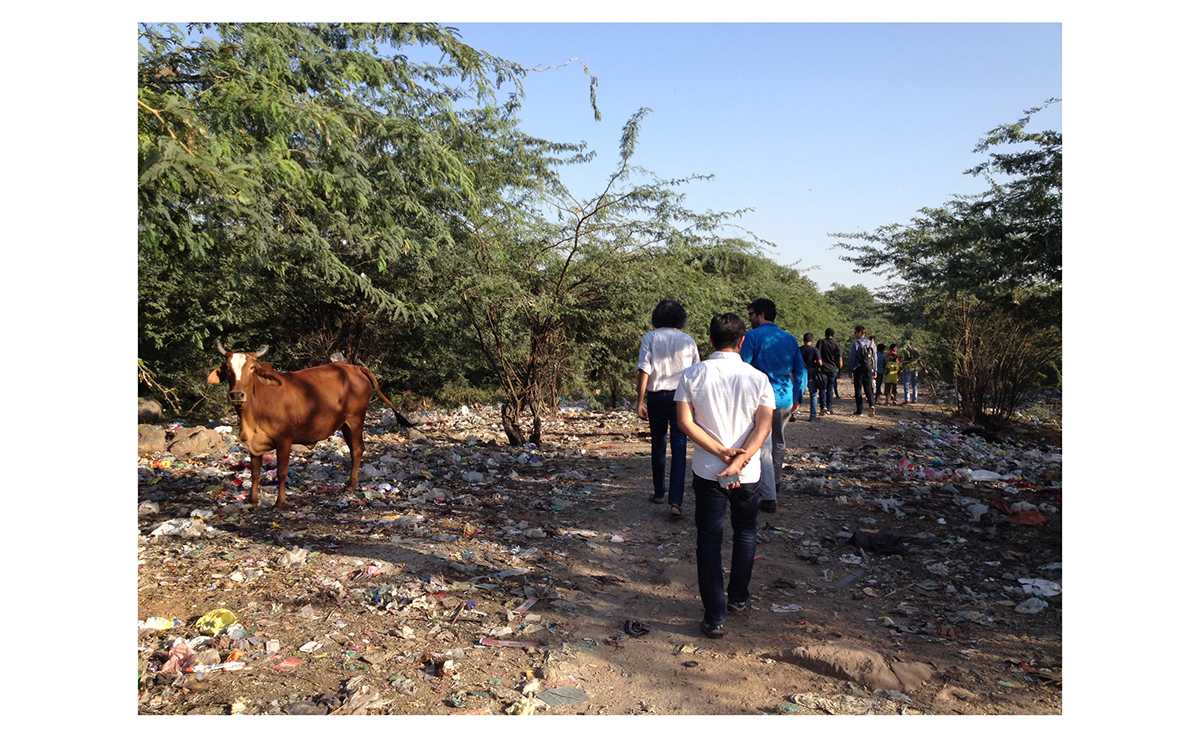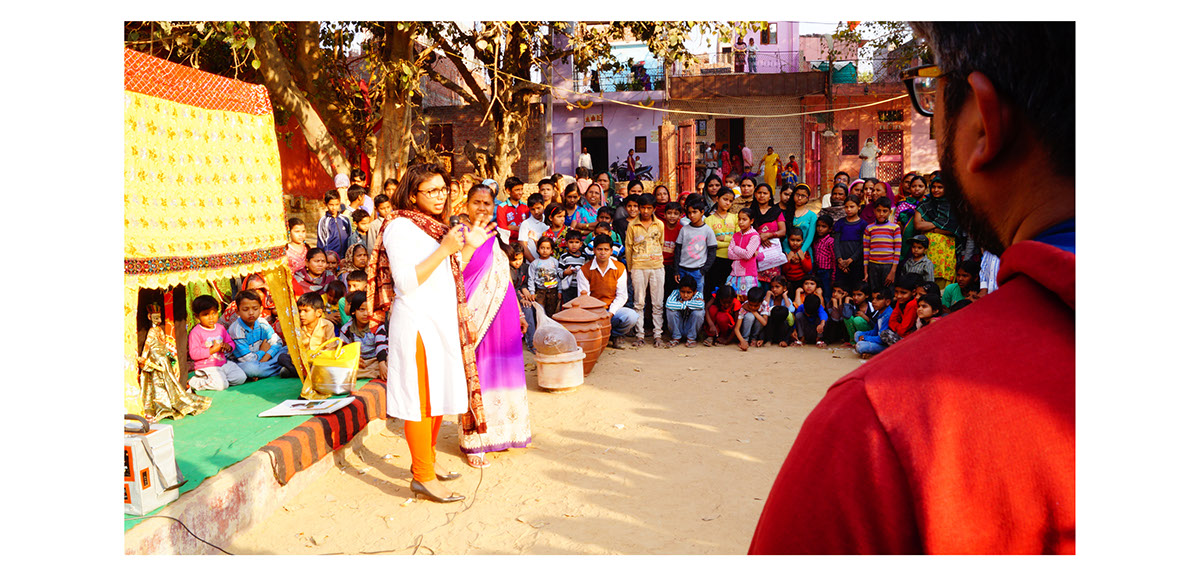SANGAM VIHAR, NEW DELHI
In her book Ordinary Cities: Between Modernity and Development, author Jennifer Robinson poses the question on whether we are living in world cities or a world of ordinary cities? The author is opposed to the binaries that exist in planning language around us like north-south, urban-rural etc. and calls for cities to be analysed as spaces of production in the context that they occur. At the same while looking at the fate of planning and space production in Delhi today, I am reminded of Scott Bollen’s ‘Urban planning amidst Ethnic conflict‘, Delhi’s caste and ethnic division runs deeper than what meets the eye. It is only when one is confronted with figures such as 75% of Delhi’s population lives in unplanned settlements that one confronts the nature of the problem. This other 75% which often lives in settlements classified as Slums, Unauthorised settlements, Urban Villages, rural villages, regularised settlements etc. is subjected to a very different standard of urban life than the privileged 25%. These settlements are often left undemarcated on plans and master planning documents, this keeps the fate of these unplanned settlements in a constant limbo, catching the residents in a web of illegality, they are often made to pay more for services; denied at will and so on. Given this background how is a design professional expected to engage in such a context to ameliorate the conditions in these unplanned parts of the city? or more importantly, how can one design for the other 75%?

Sangam Vihar a neighbourhood with space but no place

Sites of intense commerce

Snapshots of micro-commerce

Transect walk of the neighbourhood

A snapshot of some problems the neighbourhood faces

Arrow trail leading up to the marker ballons

A ballon being hoisted at the edge of the community to mark sites of waste

The residents getting involved in the hoisting of ballons

The ballons that symbolised the eternal google earth pin symbol as seen from the back of the community.
The ballon becomes a marking tool for the community through which the unseen phenomenon and events are marked in the collective memory of the community

The ballons as seen from inside the community. The ballons become more than markers of the edge of the community.

Some community engagement activities that were organised in conjunction with the exercise

A community meeting organised to address the local issues of waste segregation.
Street furniture was locally manufactured for the workshop out of waste tyres and left at the site for use by the residents.

A street play that was organsied to educate the residents about composting and waste segregation

Street pointers being laid out on the street


